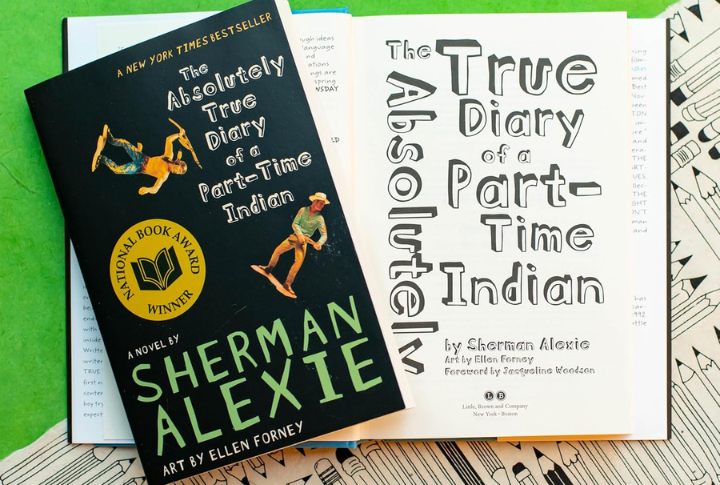
Before hashtags and hot takes, books sparked controversy the old-fashioned way, sometimes landing on banned lists. A swear word, a politically charged theme, or characters challenging authority were enough to get them pulled. Some were so provocative that they rattled parents and school boards. Here’s a closer look at 20 famous ones you’ve probably read and didn’t know were banned.
“The Catcher In The Rye” By J.D. Salinger
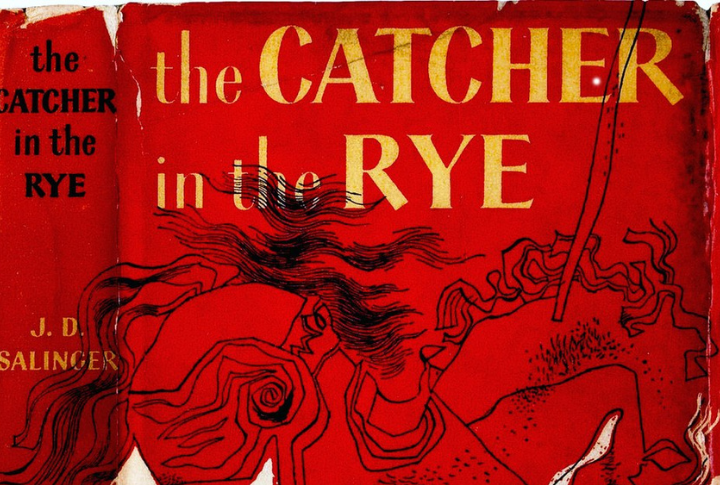
Holden Caulfield’s cynical voice and anti-establishment attitude rubbed plenty of parents the wrong way. Banned for profanity, underage drinking, and themes of rebellion and personal orientation, this 1951 classic was pulled from numerous schools. His rants about “phonies” made it a lightning rod for critics.
“1984” By George Orwell
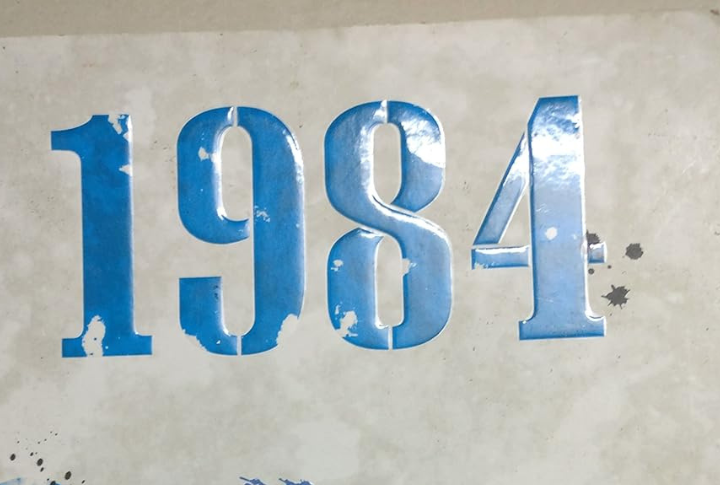
It’s the novel that gave us “Big Brother,” and ironically, it’s been censored for being too political. In some Cold War-era schools, George Orwell’s warning against totalitarianism was viewed as suspicious—some said it had “pro-communist” leanings. Others objected to its bleak view of government surveillance and thought control.
“The Adventures Of Huckleberry Finn” By Mark Twain
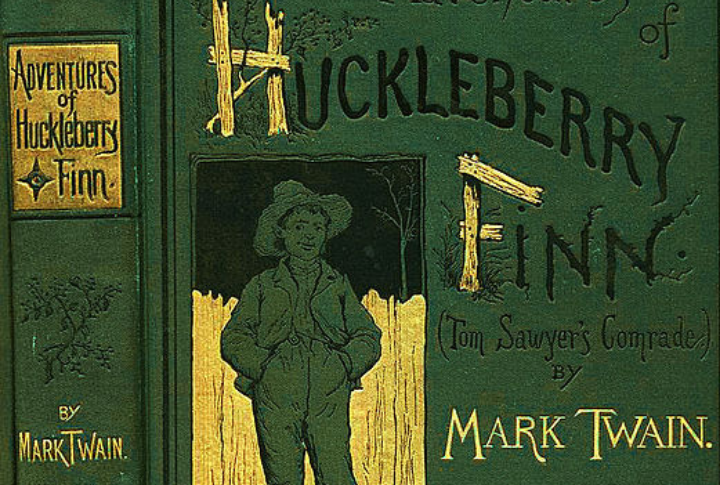
Mark Twain’s novel has been challenged repeatedly for its heavy use of racial slurs, most notably the N-word, which appears over 200 times. Critics argue it’s inappropriate in classroom settings, especially for Black students. Defenders say it exposes the racism of the 1800s. It has been debated for over a century.
“Harry Potter” Series By J.K. Rowling
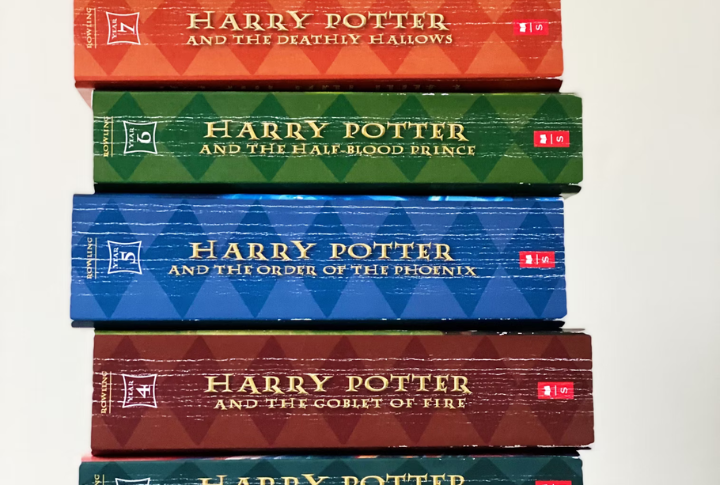
Wands, spells, and Hogwarts didn’t sit well with some religious groups who claimed the books promoted witchcraft and anti-Christian values. Between 1999 and 2001, the series topped the American Library Association’s most challenged list. Despite its messages about love and bravery, some schools banned it outright.
“The Grapes Of Wrath” By John Steinbeck
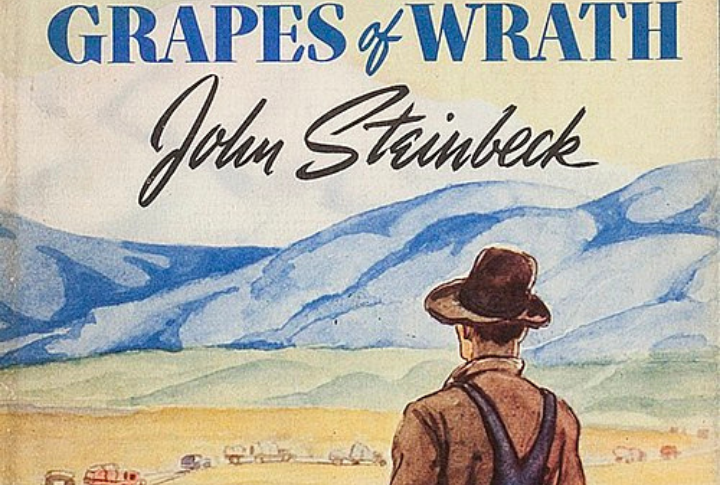
When Steinbeck depicted the grim reality of Dust Bowl migrants and greedy landowners, some California towns weren’t having it. Banned and even burned in 1939 for its portrayal of poverty, labor struggles, and controversial religious themes, critics claimed it painted America in a bad light—yet it won the Pulitzer and stuck around.
“Brave New World” By Aldous Huxley
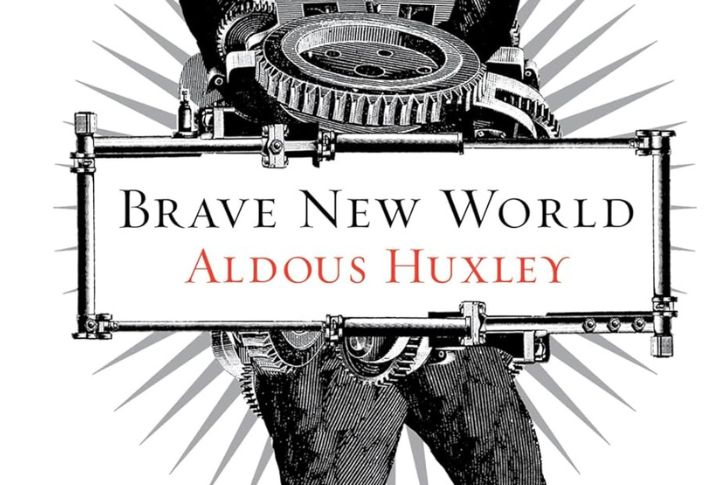
Aldoud Huxley’s sterile society of test-tube babies, casual intercourse, and state-issued happy pills rattled censors for decades. It was mostly challenged for “insensitivity” and drug use. This book was yanked from school shelves in places like Alabama and Ireland. Critics saw it as promoting promiscuity and anti-religious views.
“Beloved” By Toni Morrison
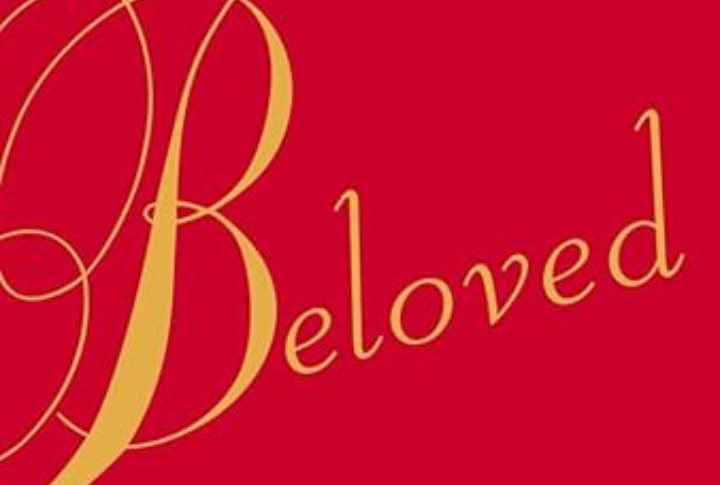
This haunting novel tackles the trauma of slavery through the story of Sethe, a mother haunted—literally and emotionally—by the daughter she killed to spare her from enslavement. Graphic depictions of violence and infanticide led to multiple school board challenges. It has repeatedly been removed from high school reading lists.
“Fahrenheit 451” By Ray Bradbury
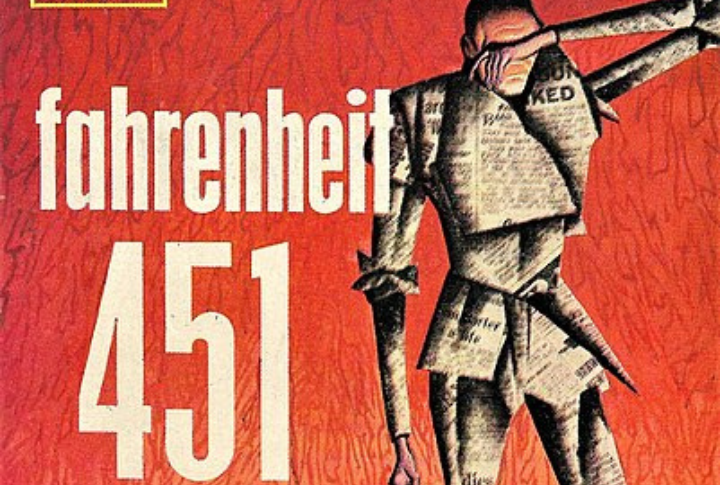
Yes, the book about burning books has itself been banned. Ray Bradbury’s dystopian novel critiques censorship through firemen who ignite instead of extinguish. Challenged for language like “hell,” it also faced criticism for its themes of rebellion and anti-authority. Some objected to its portrayal of Christians as shallow conformists.
“The Color Purple” By Alice Walker
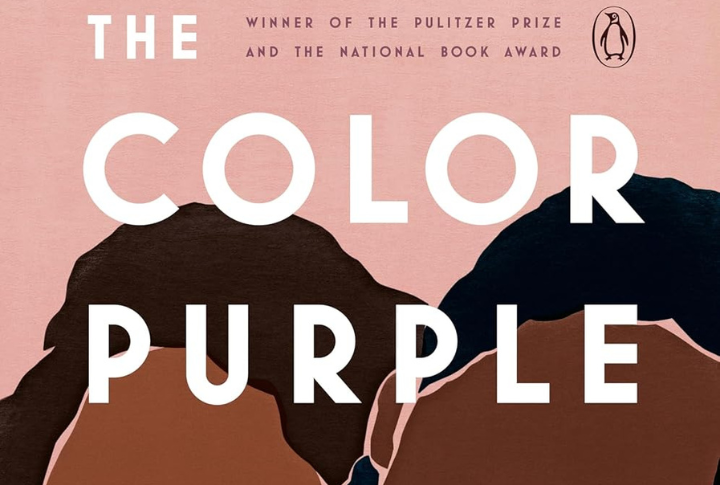
Alice Walker’s Pulitzer Prize-winning novel tells the harrowing story of Celie, an African-American girl surviving abuse and racism in the American South. Its candid portrayal, including gay relationships, led to frequent bans. Schools have called it “too explicit,” though it’s a staple in feminist and African-American literature.
“Of Mice And Men” By John Steinbeck
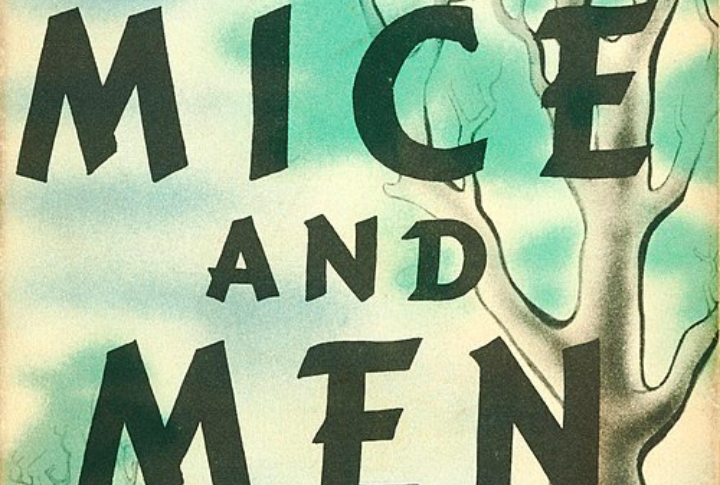
Lennie and George’s heartbreaking tale of dreams and desperation has been repeatedly banned for profanity and discussions of mental disability. The casual use of offensive language and portrayals of violence have made schools nervous, even as the novella’s themes of isolation and friendship strike deep chords.
‘The Perks Of Being A Wallflower” By Stephen Chbosky
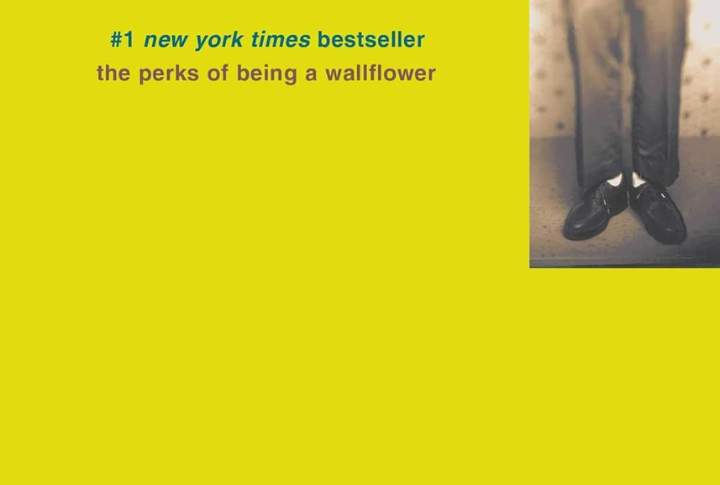
Charlie’s letters unfold a vulnerable, messy teenage world: mental health struggles, indecent abuse, identity issues, and trauma. All told with raw openness. That honesty got the book challenged and banned across dozens of school districts. Still, many teachers and students defend it for making teens feel seen and understood.
“The Handmaid’s Tale” By Margaret Atwood
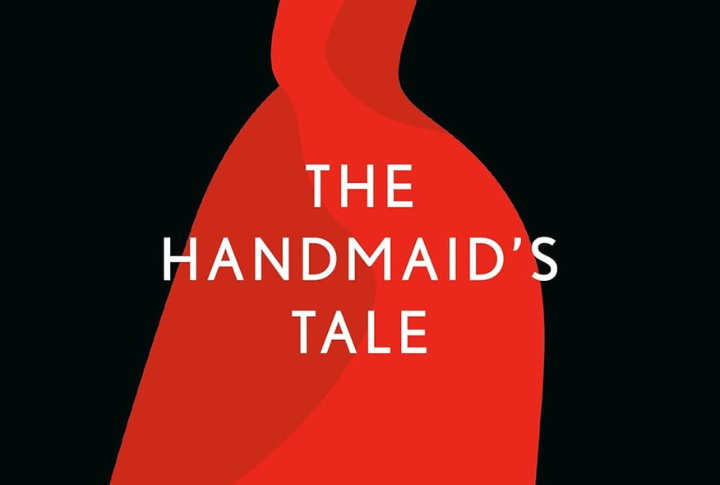
Set in a theocratic future where women are stripped of rights and forced into reproductive servitude, “The Handmaid’s Tale” caused plenty of outrage. Its graphic depictions of carnal coercion and religious extremism have led to it being labeled “anti-Christian” by some. Yet its chilling relevance keeps it in constant demand.
“Slaughterhouse-Five” By Kurt Vonnegut
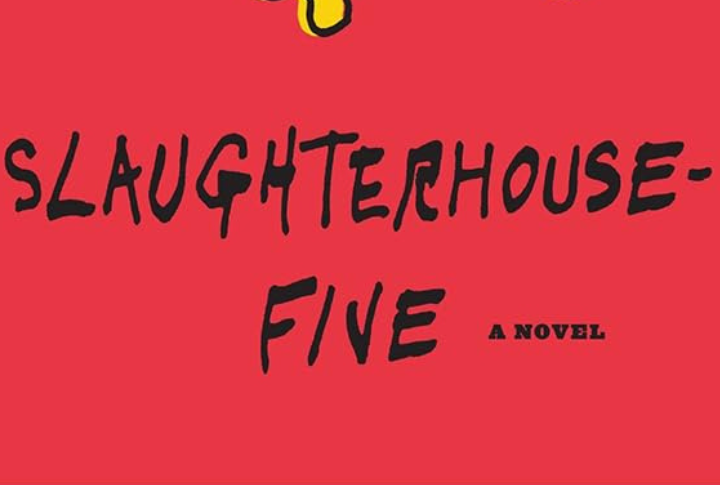
This nonlinear, sci-fi-laced war novel features time travel, aliens, and lots of blunt honesty about violence. Kurt Vonnegut’s take on WWII’s firebombing of Dresden pulled no punches. That, paired with profanity and irreverent religious remarks, got it banned in schools from North Dakota to Mississippi.
“Animal Farm” By George Orwell
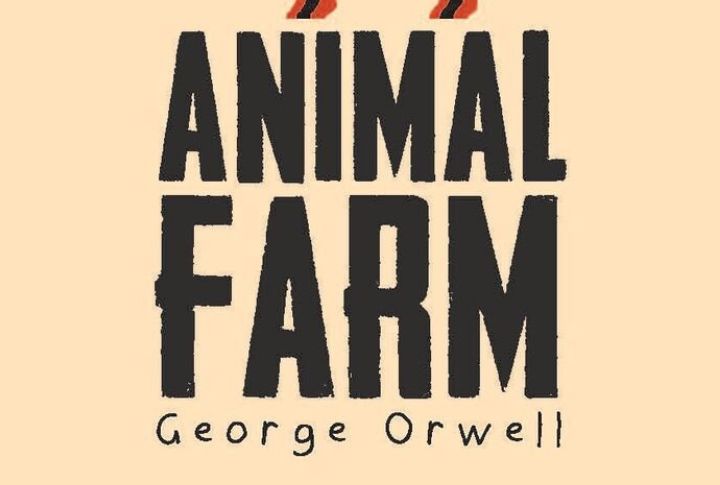
This barnyard allegory has been banned for being both anti-communist and, ironically, too communist. In places like the UAE and post-war Eastern Europe, its characters—like Napoleon the pig and Boxer the horse—ruffled political feathers. It’s one of the rare children’s fables to spark global ideological panic.
“The Bluest Eye” By Toni Morrison
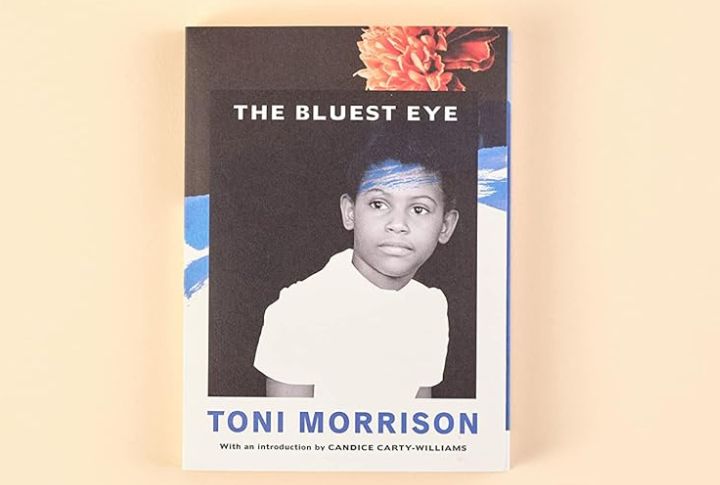
Here, racism and trauma distort a young Black girl’s self-worth, so much so that she longs for blue eyes. The graphic content has led to frequent bans, especially in high schools. It’s a huge debate, but many think it’s apt in depicting the painful impact of American beauty standards.
“Lord Of The Flies” By William Golding
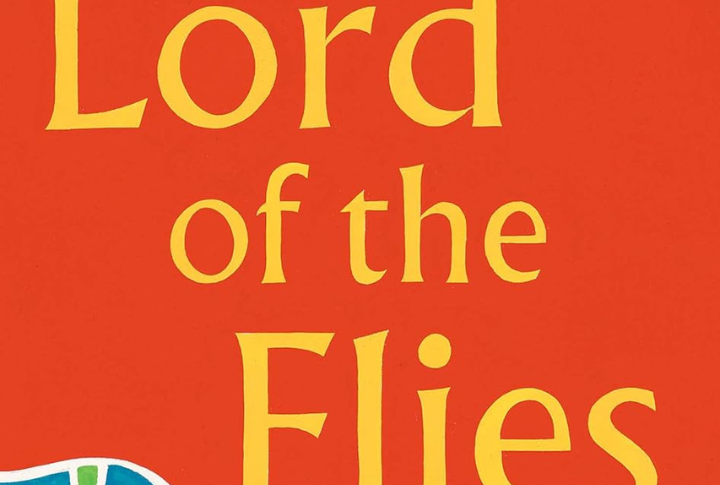
A group of boys stranded on an island descends into chaos—and schools weren’t thrilled about it. They took issue with its bleak portrayal of human nature and the racial slurs throughout. Some parents considered it “demoralizing,” given the story’s intense themes and the boys’ descent into savagery.
“The Kite Runner” By Khaled Hosseini
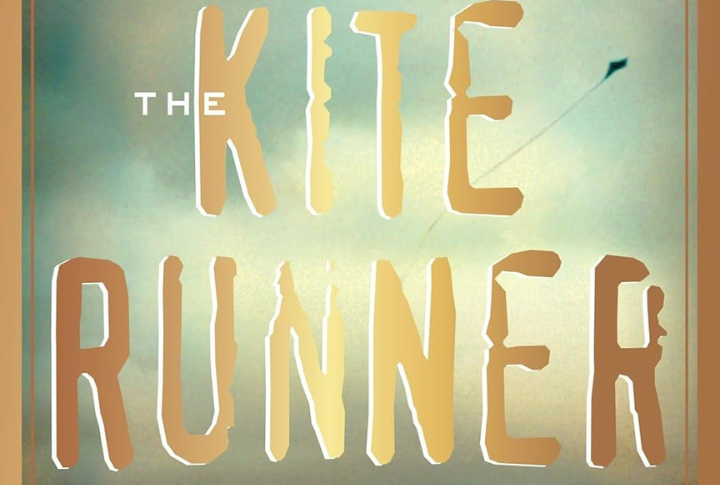
Set in Afghanistan, this novel pulls no punches. Violation, ethnic tension, political violence, and betrayal all drive the story. The assault of a young boy, along with graphic content and strong language, got it pulled from reading lists in multiple U.S. schools. Yet, many educators argue that it’s relevant.
“Thirteen Reasons Why” By Jay Asherv
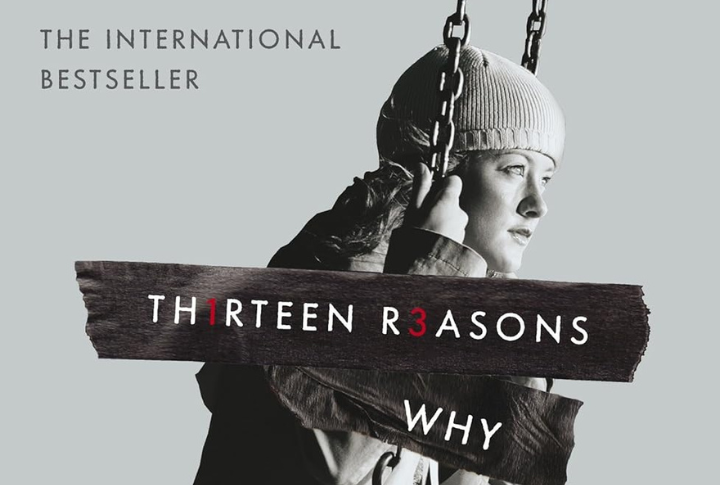
After Netflix turned this young adult novel into a binge-worthy series, controversy exploded. The book tells Hannah’s story, a teen who dies by suicide and leaves behind cassette tapes explaining her reasons. Mental health professionals voiced concern. The major issues were glamorizing self-harm and not offering enough help-seeking messages.
“The Absolutely True Diary Of A Part-Time Indian” By Sherman Alexie
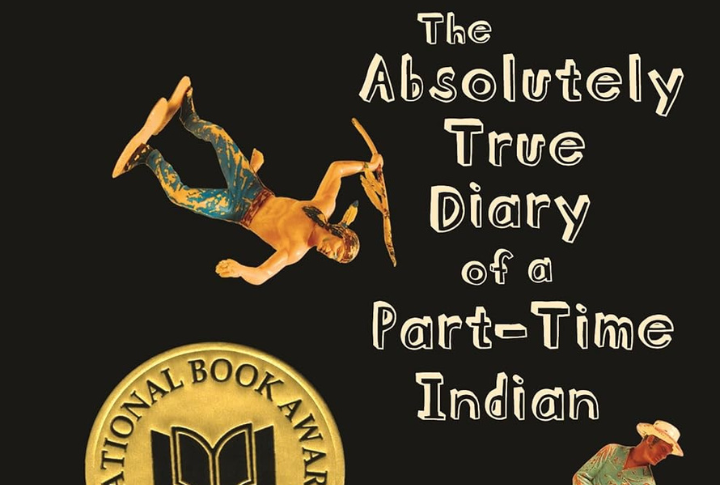
Based on the author’s experiences, this semi-autobiographical novel follows Junior, a Spokane Indian teen who transfers to a mostly white school. It’s brutally honest, touching topics like alcoholism, poverty, and racial slurs. That honesty got it banned in several states. Still, fans applaud its humor and heart.
“A Clockwork Orange” By Anthony Burgess
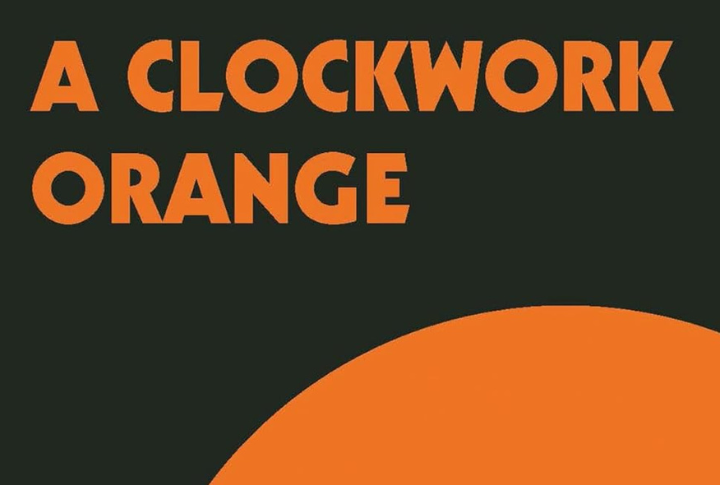
Ultra-violent teen gangs, made-up slang, and psychological conditioning are what await you in this dystopian nightmare. Banned for assault and moral ambiguity, Anthony Burgess’s novel rattled censors in the U.S. and abroad. The character of Alex, charming and brutal, unsettles readers by forcing questions about free will.
